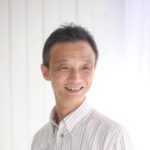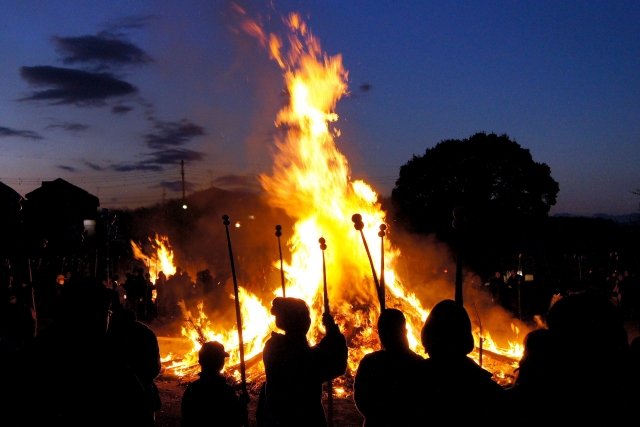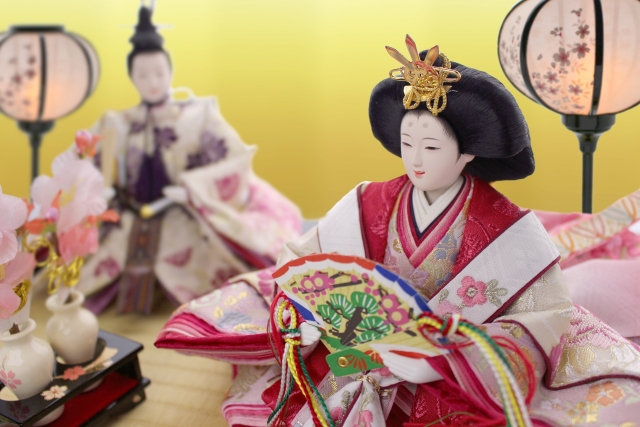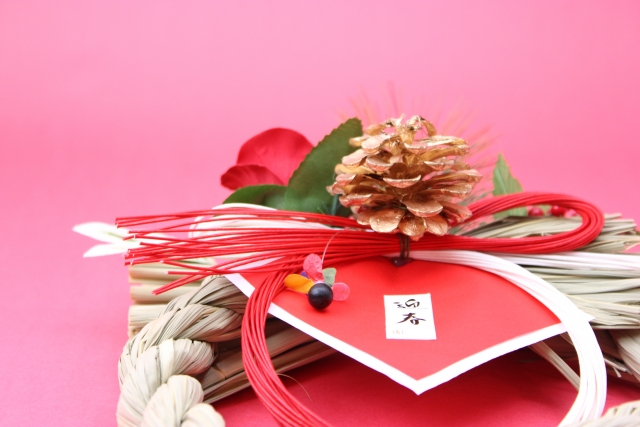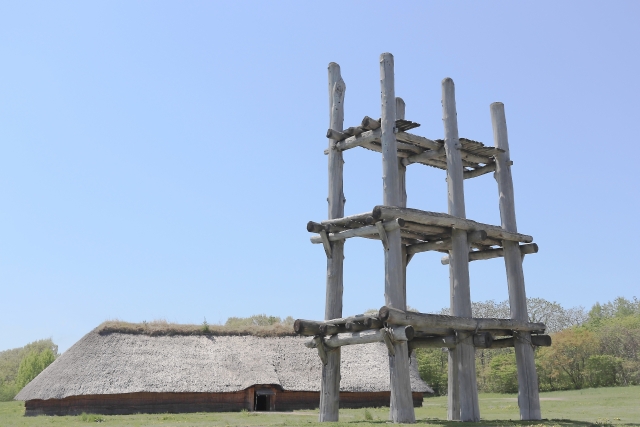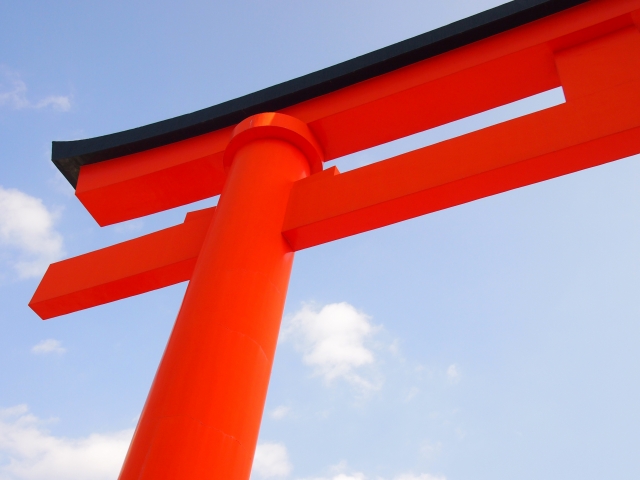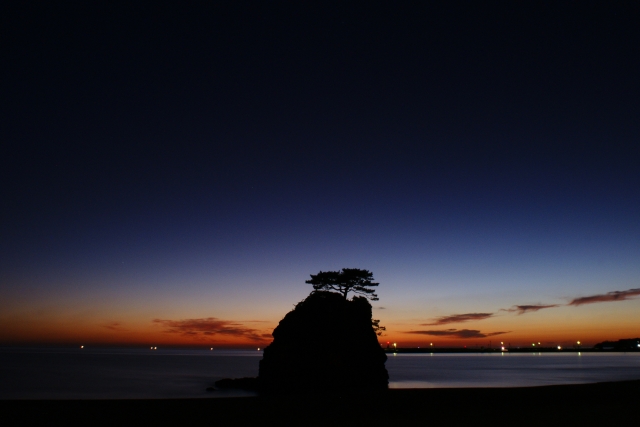
Do you know the difference between a “shrine” and a “jingu”?
There are also “Taisha”, “Hachimangu” and “Tenmangu”.
In this article, I will briefly tell you about the differences as “mini-knowledge”.
What is a Shinto shrine?
A shrine is a place where Shintoism “Kami” are worshipped.
Our ancestors have lived their lives harmoniously in relation to nature.
Nature gives us a great wealth, on the other hand, there is also large violence.
People who lived in the era felt mystic power from the natural phenomenon.
We felt the noble power of life in the circulation around great nature.
They felt mysterious power which birth on vitality where we cannot see to appear in the world anything.
We live in a sense of value in which we should not control nature but makes harmony in nature, humans must not change nature at our convenience.
We live in a sense of value in which we should not control nature but makes harmony in nature, humans must not change nature at our convenience.
In order to harmonize with nature, the “Yaoyorozu-no-kami” are enshrined by naming various events, etc. after them.
- No founder
- No dogma
- No religious precepts
- No idol
Because of these characteristics, it is not a “religion” but a “Shintoism,” which expresses our “desire to grow as a person, not just to hone our skills”.
What is Jingu?
“Jingu” is a shrine that enshrines the emperor or has close ties to the imperial family.
The official name of “Ise-Jingu” Shrine, which the Imperial Family visits on special occasions, is “Jingu”.
Typical “Jingu” are as follows.
- “Meiji-Jingu” Shrine: Emperor Meiji and Empress Shoken
- “Heian-Jingu” Shrine: Emperor Kammu and Emperor Komei
What is Taisha?
The word “Taisha” literally means “big shrine”.
It is the head shrine of a family of shrines with the same name that exist throughout Japan.
Before the Meiji Restoration, the only “Taisha” was “Izumo Taisha”.
What is Hachimangu?
This shrine is dedicated to Emperor Ojin (Hondawake no Mikoto).
There are about 44,000 shrines nationwide, with the ”Usa Jingu” Shrine in Usa City, Oita Prefecture, as the head shrine.
“Usa Jingu” Shrine in Usa City, Oita Prefecture, “Iwashimizu Hachimangu” Shrine in Yawata City, Kyoto Prefecture, and “Hakozaki Hachimangu” Shrine in Fukuoka City, Fukuoka Prefecture (or “Tsurugaoka Hachimangu” Shrine in Kamakura City, Kanagawa Prefecture) are known as the “Three Great Hachimangu Shrines.
What is Tenmangu?
It is a shrine dedicated to Michizane Sugawara, who is regarded as the “Kami” of learning.
Many students come to this shrine to pray for success in entrance examinations, as Michizane Sugawara was an excellent scholar and is regarded as the “Kami” of learning.
There are about 12,000 shrines nationwide, with “Kitano Tenmangu” Shrine in Kyoto City, Kyoto Prefecture, and “Dazaifu Tenmangu” Shrine in Dazaifu City, Fukuoka Prefecture, serving as the headquarters.
What kind of person is being worshipped? It is recommended that you visit shrines with an interest in who they worship.
There are so many different kinds of shrines, and they are called “Yaoyorozu”.
The history of the land is also worth paying attention to.

